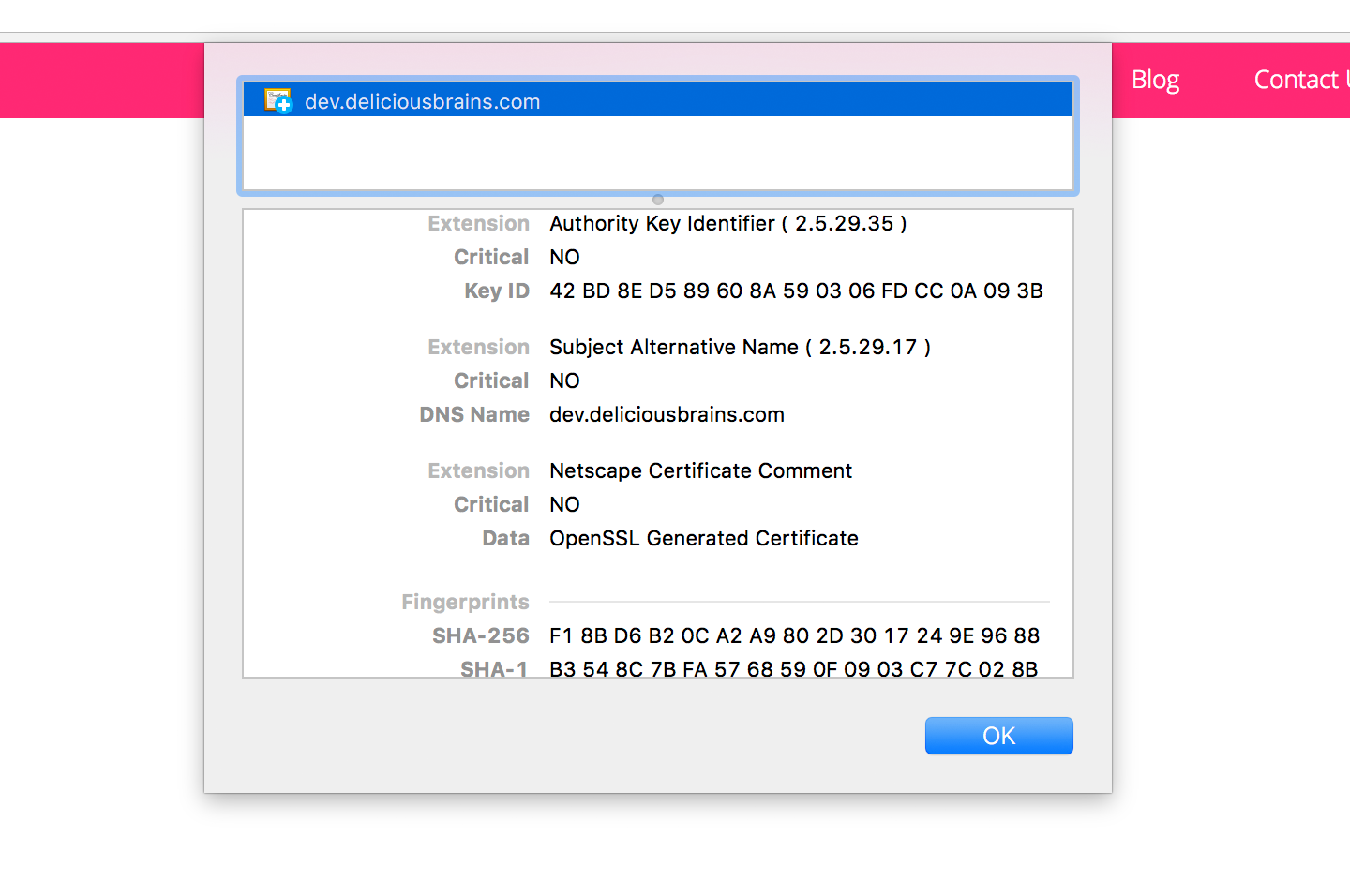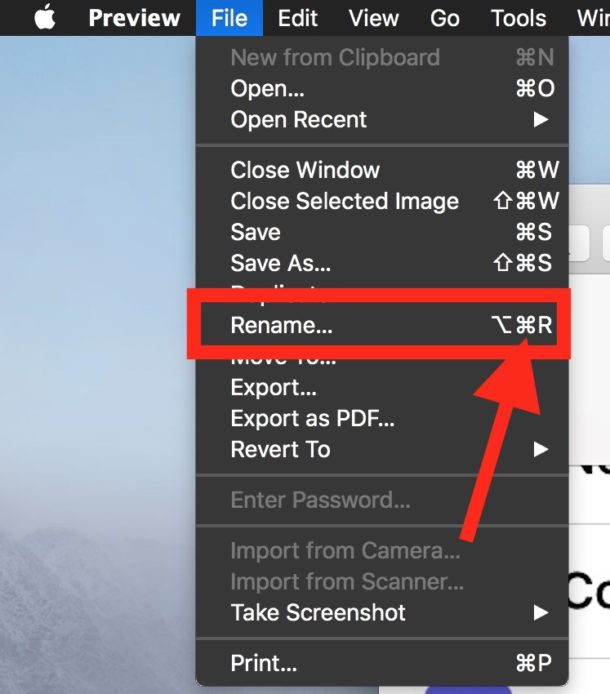If you want to convert your website from HTTP to HTTPS, you need to get a SSL certificate from a valid organization like Verisign or Thawte. You can also generate self signed SSL certificate for testing purpose.
In this article, let us review how to generate private key file (server.key), certificate signing request file (server.csr) and webserver certificate file (server.crt) that can be used on Apache server with mod_ssl.
Before adding a new SSH key to the ssh-agent to manage your keys, you should have checked for existing SSH keys and generated a new SSH key. When adding your SSH key to the agent, use the default macOS ssh-add command, and not an application installed by macports, homebrew, or some other external source. Mac OS X also ships with OpenSSL pre-installed. For Windows a Win32 OpenSSL installer is available. Remember, it’s important you keep your Private Key secured; be sure to limit who and what has access to these keys. Converting PEM encoded certificate to DER openssl x509 -outform der -in certificate.pem -out certificate.der.

Key, CSR and CRT File Naming Convention
I typically like to name the files with the domain name of the HTTPS URL that will be using this certificate. This makes it easier to identify and maintain.
- Instead of server.key, I use www.thegeekstuff.com.key
- Instead of server.csr, I use www.thegeekstuff.com.csr
- Instead of server.crt, I use www.thegeekstuff.com.crt

1. Generate Private Key on the Server Running Apache + mod_ssl
First, generate a private key on the Linux server that runs Apache webserver using openssl command as shown below.
The generated private key looks like the following.
2. Generate a Certificate Signing Request (CSR)
Using the key generate above, you should generate a certificate request file (csr) using openssl as shown below.
3. Generate a Self-Signed SSL Certificate
For testing purpose, you can generate a self-signed SSL certificate that is valid for 1 year using openssl command as shown below.
You can use this method to generate Apache SSL Key, CSR and CRT file in most of the Linux, Unix systems including Ubuntu, Debian, CentOS, Fedora and Red Hat.
4. Get a Valid Trial SSL Certificate (Optional)
Instead of signing it youself, you can also generate a valid trial SSL certificate from thawte. i.e Before spending the money on purchasing a certificate, you can also get a valid fully functional 21 day trial SSL certificates from Thawte. Once this valid certificate works, you can either decide to purchase it from Thawte or any other SSL signing organization.
This step is optional and not really required. For testing purpose, you can always use the self-signed certificate that was generated from the above step.
Go to Thwate trial certificate request page and do the following:
Openssl Create Key
- Select “SSL Web Server Certificate (All servers)” under the “select your trial certificate”.
- Do not check the PKCS #7 check-box under the “configure certificate”
- Copy/Paste the *.csr file that you generate above in the textbox under “certificate signing request (CSR)”
- Click on next at the bottom, which will give you a 21-day free trial certificate.
Copy/Paste the trial certificate to the www.thegeekstuff.com.crt file as shown below.

How To Use Openssl On Mac
If you enjoyed this article, you might also like..
Openssl Create Public Key From Private Key
Next post: Google Chrome OS – Beginning of End of Microsoft?
Previous post: Blog Makeover: New Thesis Theme In Action